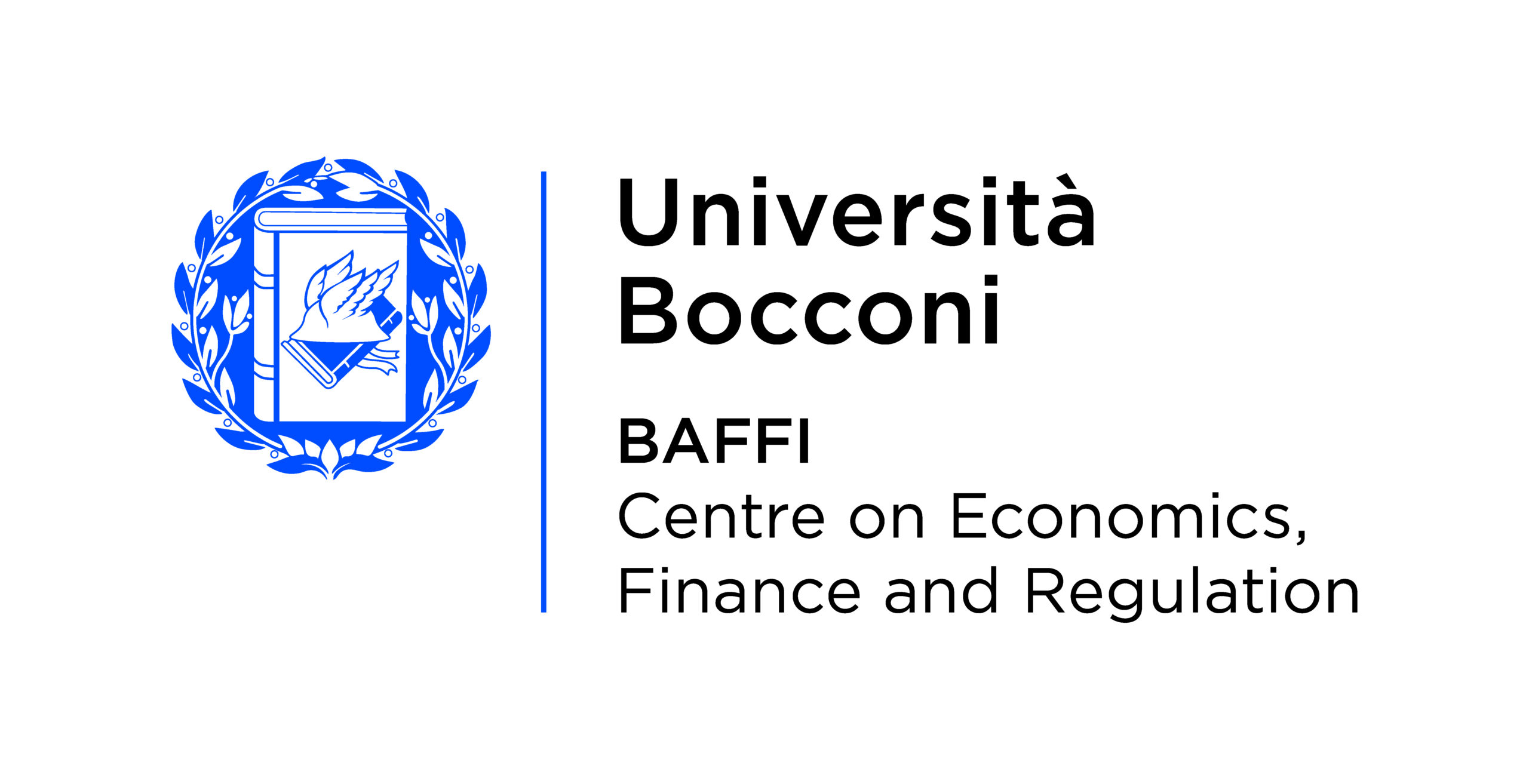

Webex
16:00-17:00 CET

With euro area inflation steadily declining and ECB interest rates being widely expected to be lowered starting from mid-2024, euro area financial vulnerabilities appear to have eased. Yet, there are several risks making the financial stability outlook fragile: optimistic pricing in financial markets of risky assets together with liquidity fragilities among non-banks carry the potential for strong reactions to adverse shocks. Corporates, households and governments are highly indebted making them vulnerable to risk premium shocks. Property price downturns may expose fragilities among leveraged real estate firms, with possible knock-on effects for lenders. Euro area bank profits, while benefiting from the current interest rate constellation, are likely to decline going forward, amid rising funding costs and deteriorating asset quality. With a weak economic environment in the euro area, persistent or rising geopolitical uncertainty renders the operating environment challenging for many firms. Structural shifts due to AI may raise concentration risks in certain sectors and for lenders. While prudential policies have successfully helped to bolster banks’ resilience to past and forthcoming shocks, vigilance and further development of the regulatory and supervisory environment will be key for ensuring durable resilience. Addressing vulnerabilities among non-banks requires a comprehensive regulatory approach.
The Financial Stability Review provides an overview of potential risks to financial stability in the euro area. It aims to promote awareness in the financial industry and among the public of euro area financial stability issues. It is published twice a year, with the next release provisionally set for 20 November 2024.
Presentation of the ECB Financial Stability Review - May 2024
John Fell, Deputy Director General, Macroprudential Policy & Financial Stability, ECB I SUERF Fellow Presentation (pdf)Explore the latest sources of risk and vulnerabilities for the euro area financial system in detail by reading the full report (pdf).